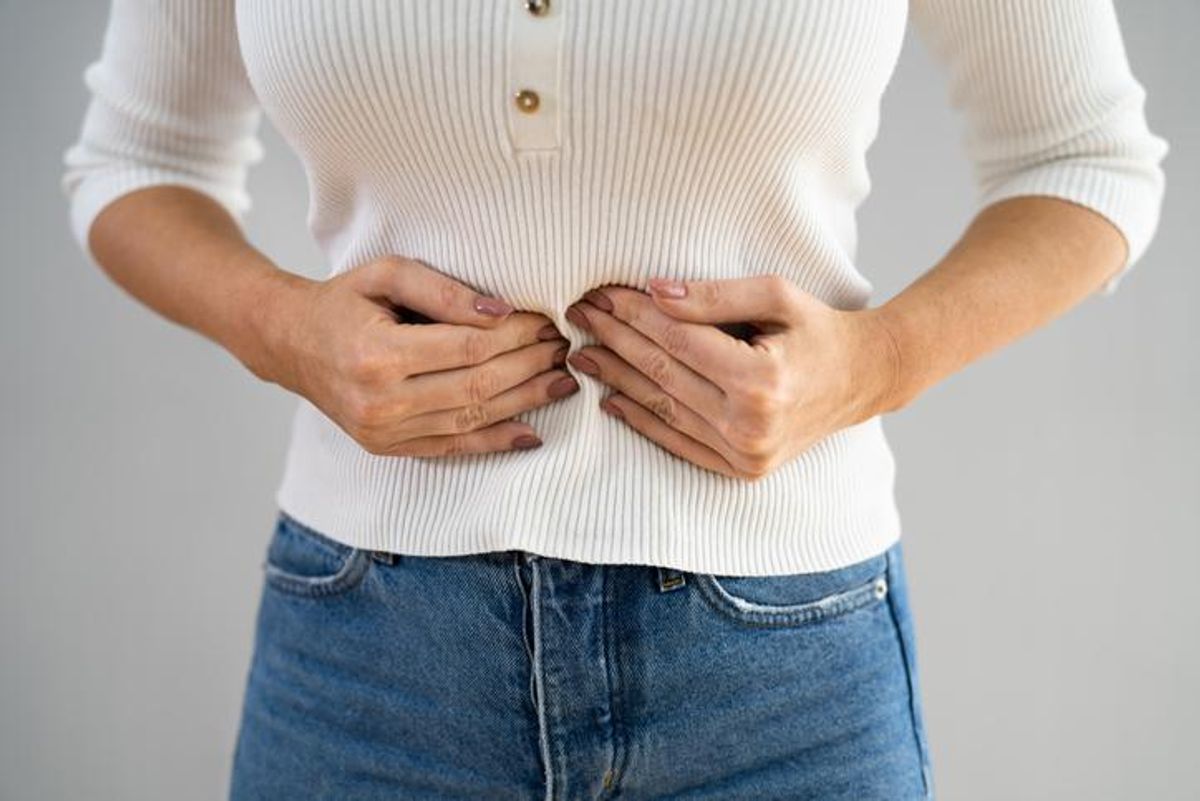
iStock.com/AndreyPopov

Jo-Anne Rizzotto, MEd, RDN, LDN, CDCES, is Director of Educational Services at the Joslin Diabetes Center and Harvard Medical School in Boston, MA. She is a registered dietitian and a certified diabetes educator with over 25 years of clinical, research, management and industry experience and is a key member of the clinic leadership team. Jo-Anne is co-chair and an active member of the National Certification Board of Diabetes Educators Exam Board. Jo-Anne has a proven track record of managing many facets of quality assurance and improvement with documented outcomes including advancing the use of technologies in the clinic for the management of diabetes. Jo-Anne establishes, directs and manages all aspects of diabetes education programs including overall direction, content, design, delivery, budgeting and staff management. She ensures all programs and staff delivering education meet the highest quality standards and do so with the highest level of efficiency and effectiveness. Jo-Anne participates in and has been the co-principle investigator in numerous clinical research studies. Jo-Anne chairs and participates in a variety of high level selection committees, clinical guideline committees, publication review committees and academic promotion committees. She also chairs the quality committee with the General Counsel at the Joslin in addition to the Clinic policy and procedure committee.
Full BioLearn about our editorial policies

I have had a few bouts of diverticulitis and have to be careful about what I eat. High-fiber foods cause me to have a lot of gas and gassy bowel movements. If I put vegetables in a blender and mix until they are like soup, will my body process them in the same way as if they were whole? In other words, will they cause as much gas and discomfort? Would it make a difference if they were cooked or raw when I blend them?
First, let me explain a little about diverticulitis to readers who may not be familiar with the condition. Many people have small pouches in their colons that bulge outward through weak spots, like an inner tube that pokes through weak places in a tire. Each pouch is called a diverticulum. Pouches (plural) are called diverticula. The condition of having diverticula is called diverticulosis.
When the pouches become infected or inflamed, the condition is called diverticulitis. Increasing the amount of fiber in the diet may reduce symptoms of diverticulosis and prevent complications such as diverticulitis. Fiber keeps stool soft and lowers pressure inside the colon so that bowel contents can move through easily.
People differ in the amounts and types of foods they can eat. First, be sure to increase your intake of fiber gradually. Eating too many high-fiber foods at one time can cause gassiness. Unless you're having a bout of diverticulitis, you should be eating high-fiber foods every day. Regular intake of fiber will help your digestive tract get used to the fiber and you'll probably find that your gassiness will subside. However, if certain foods cause gas and abdominal pain, then processing or cooking the food to reduce the work of the digestive track is helpful and may cause less gas and discomfort. Generally, cooking before blending the foods would be best. You might also try taking an over-the-counter enzyme supplement, such as Beano®, with your meals to help lessen gas. Decisions about diet should be made based on what works best for each person. Keeping a food diary may help identify individual foods in your diet that cause discomfort.